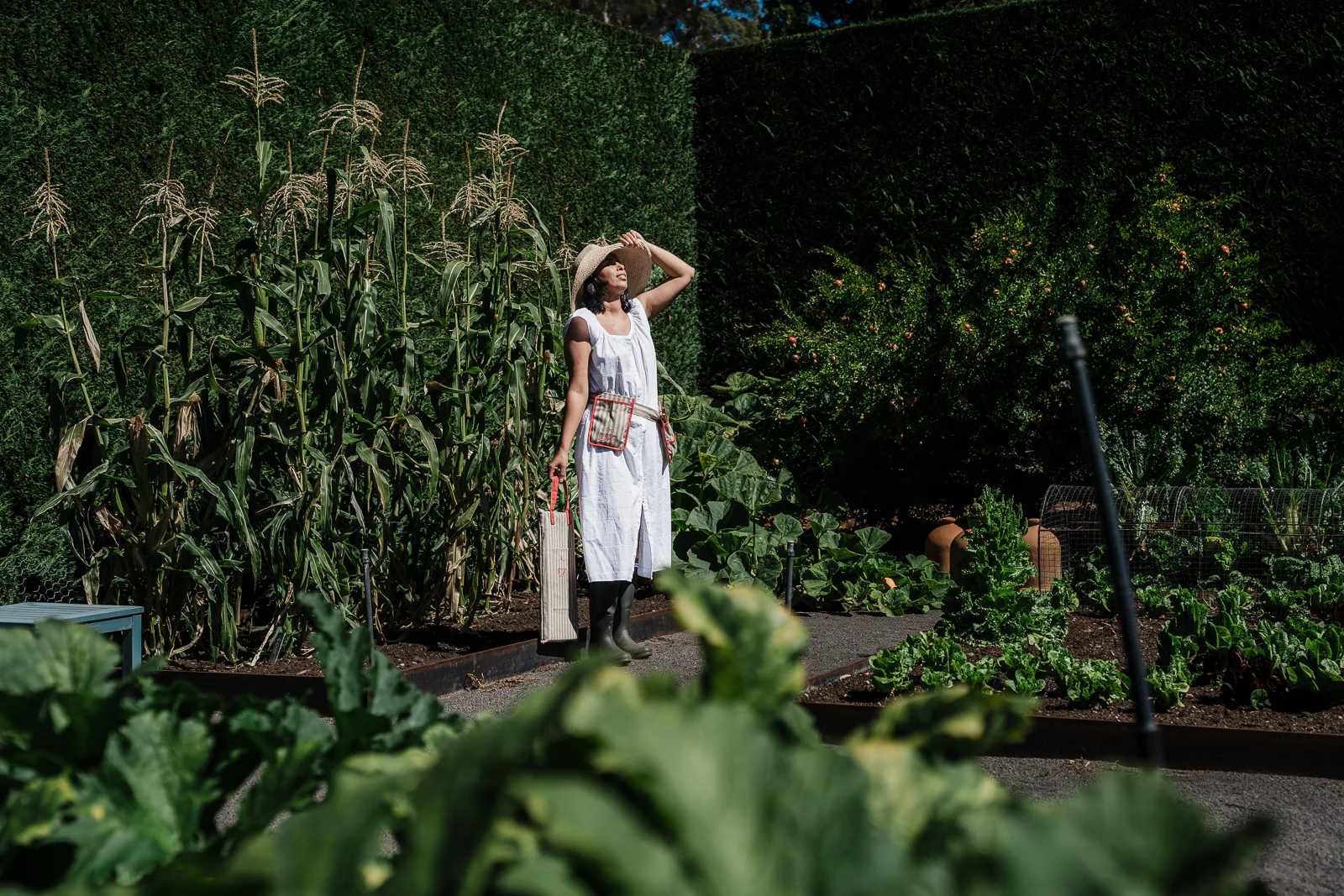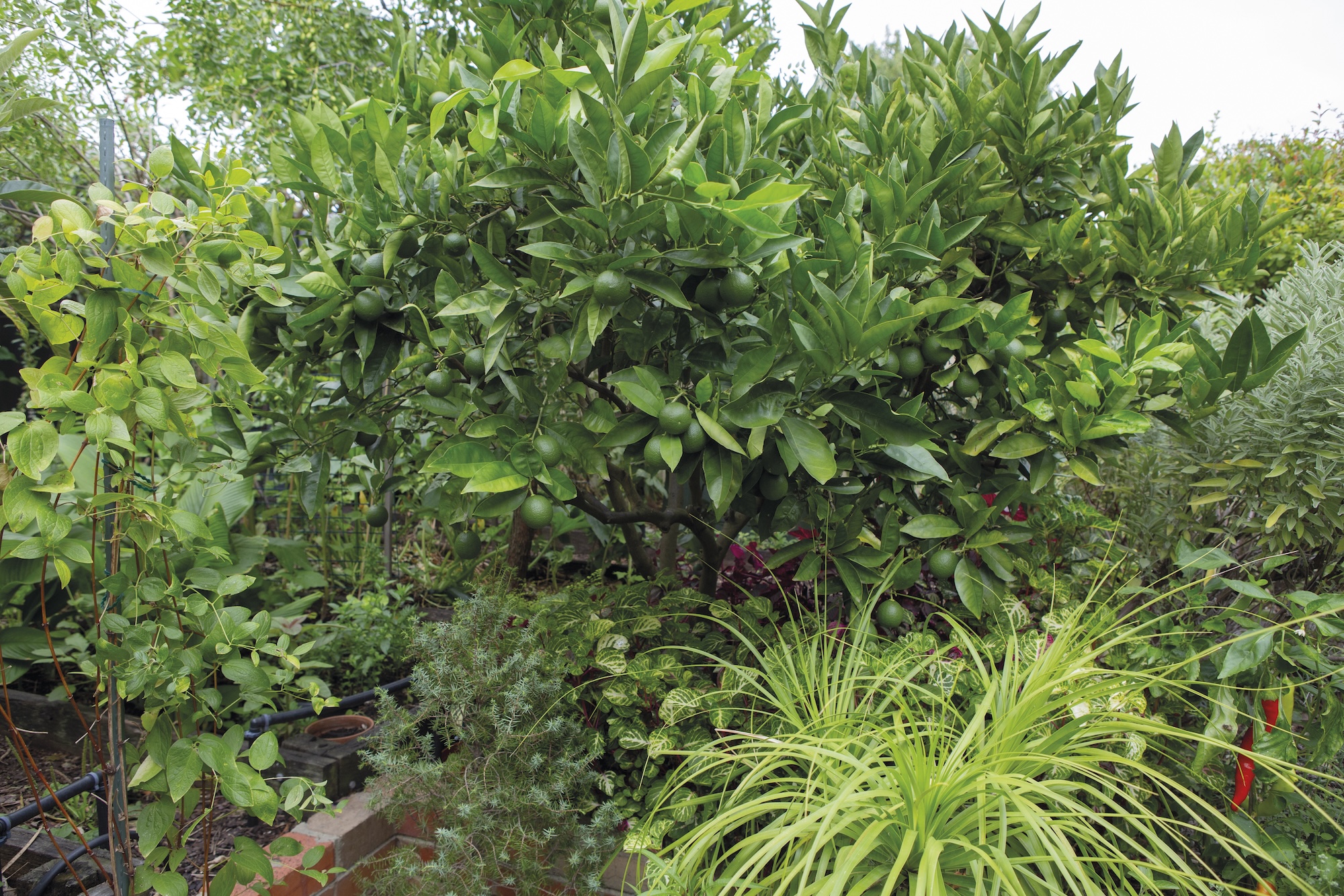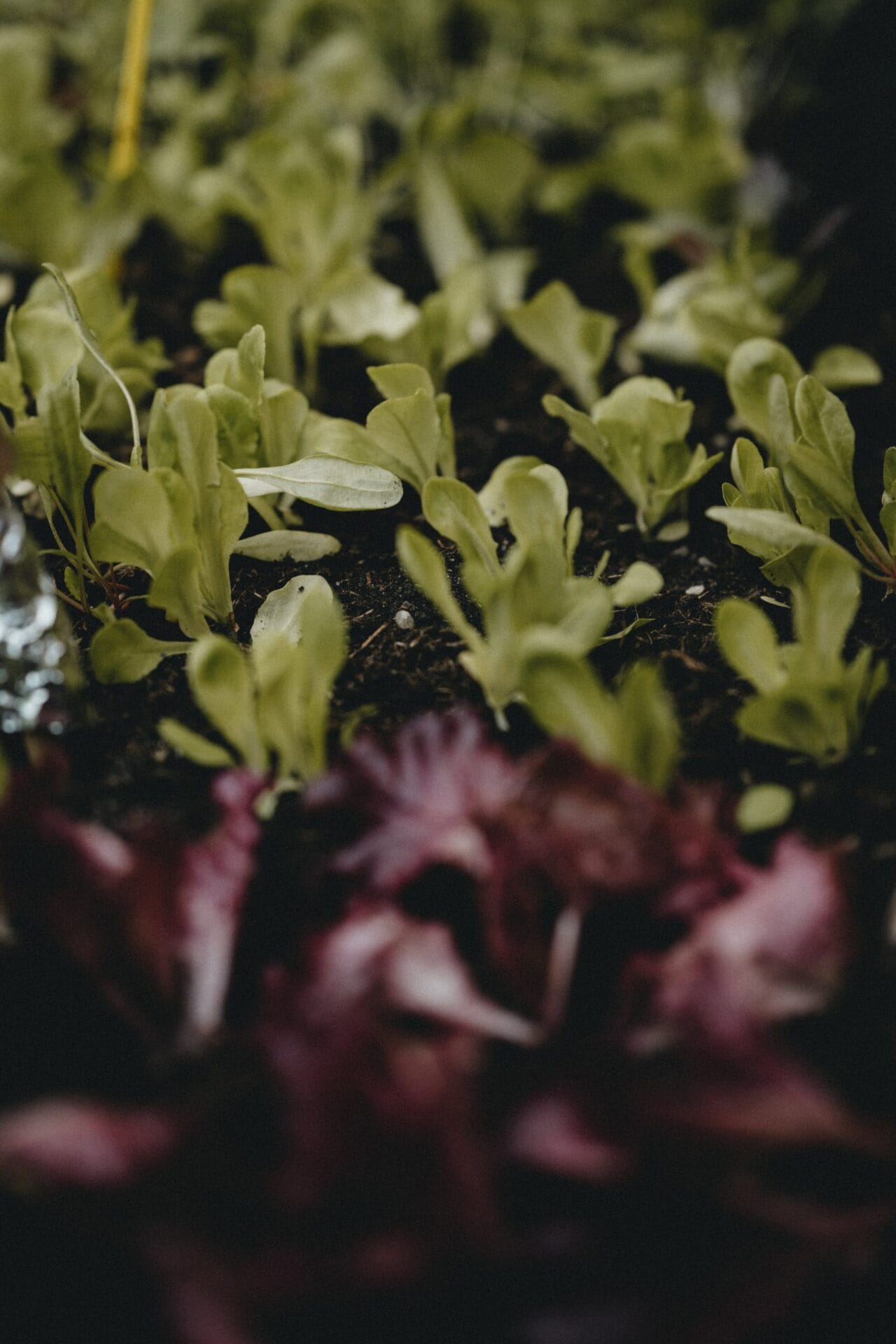Autumn plant clearance sales are tempting, but it’s important to know which plants are a worthwhile investment, and which should be left on the shelf. Plus, learn how to transplant new plants for the best success!
Autumn provides a timely excuse to take a trip to the plant nurseries and shop end-of-season clearance sales. As we head into a cooler season, many garden centres generously discount their plants, offering an irresistible opportunity to improve our green spaces.
But while it may be tempting to load up your baskets, it’s important to know which plants are a worthwhile investment, and which should be left on the shelf.
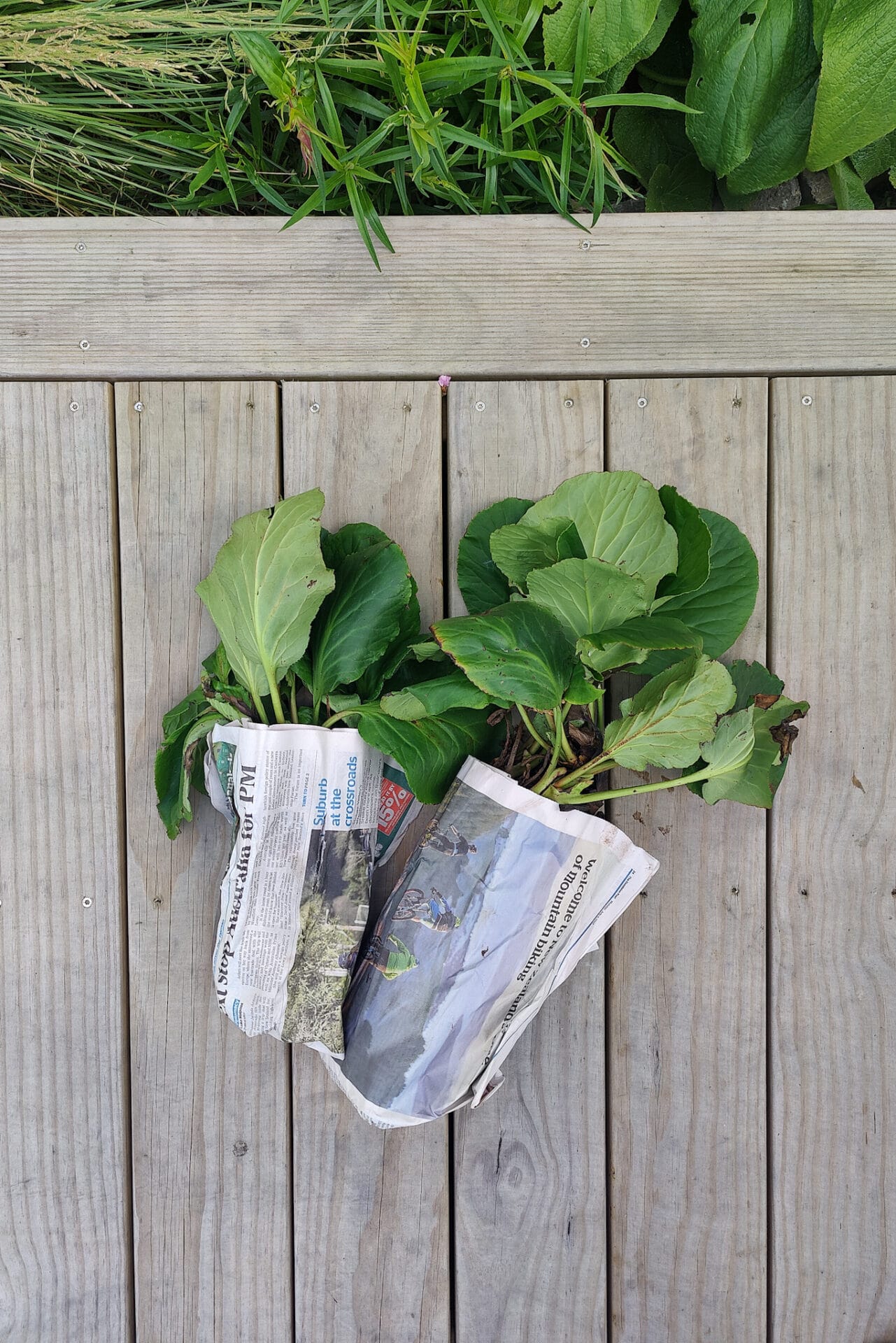
Bergenia ready for autumn planting
Herbs
With herbs, the key is to recognise the difference between annuals and perennials.
Annual herbs like basil, coriander, parsley, dill or rocket have a lifecycle that lasts for only one season. Once they’ve set seed, the lifecycle of that plant will end. Avoid purchasing annual herbs that are beginning to flower as their harvesting potential has finished.
Perennial herbs like sage, rosemary and lemon verbena can be snapped up as they can be cut back after flowering and will resprout.
Clump-forming perennial herbs, like chives, thyme and oregano can be divided before planting and spread across the garden. This will invigorate growth and gives you multiple plants for the price of one!
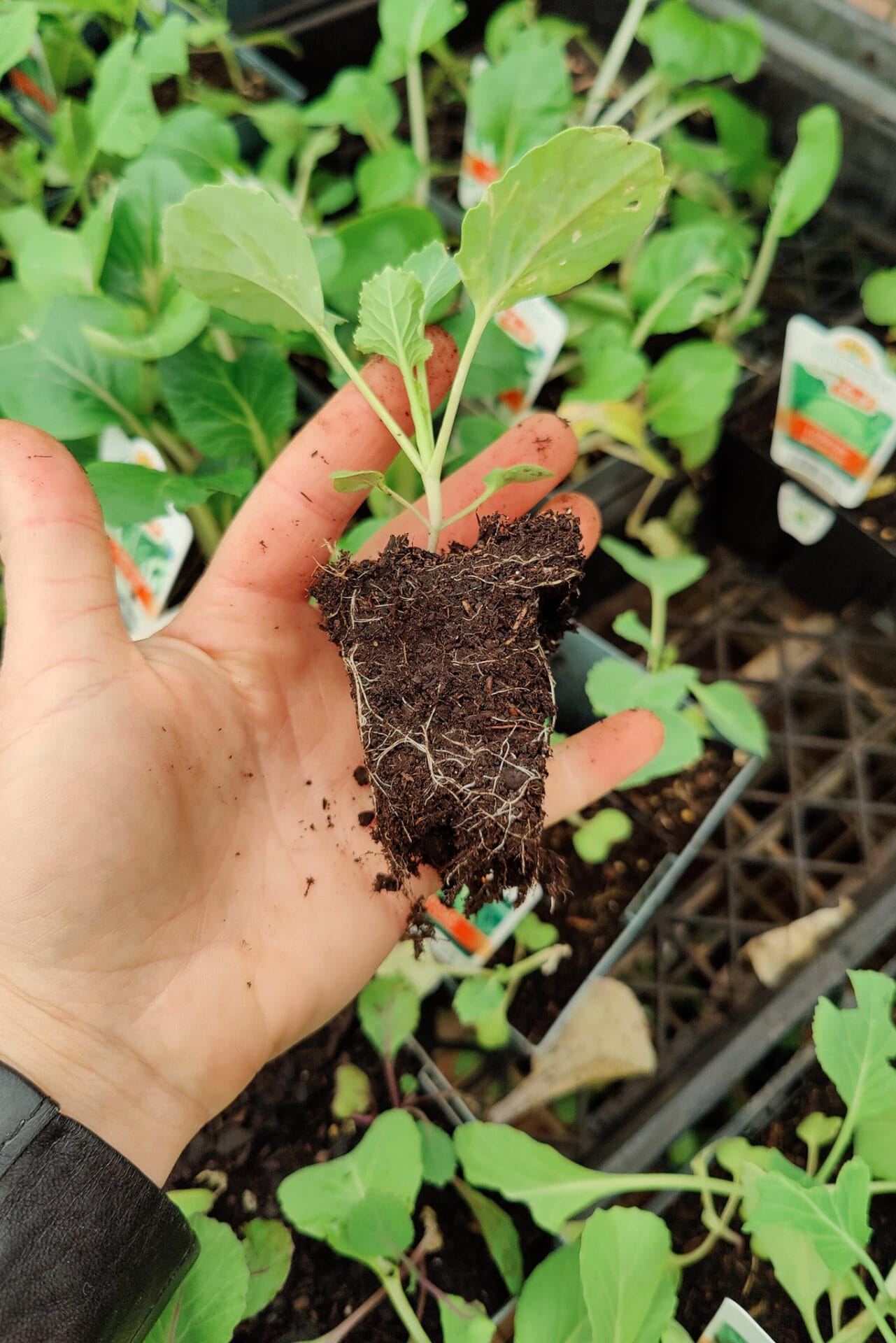
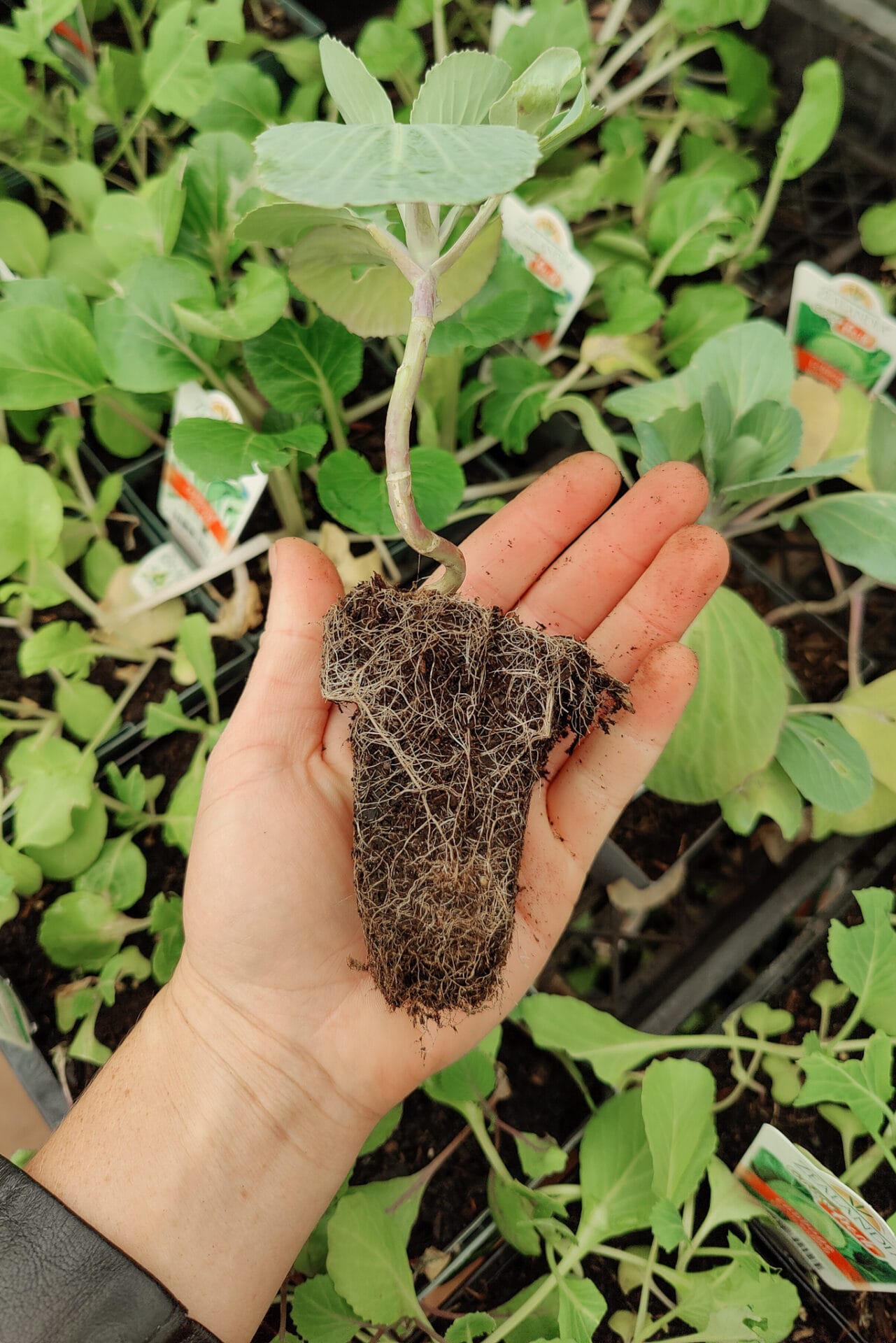
Vegetables
As we head into winter, only scout out the cool season vegetables! This includes things like brassicas, leafy greens and peas.
Any summer vegetables should be left on the shelf because they will not have time to fruit before the first frost hits (if it hasn’t already!)
Always check the roots of the plants prior to purchase. Some vegetable seedlings may be incredibly root bound and this can inhibit their growth following transplant. Investigate below to ensure healthy, white roots – which are more important than luscious top growth!
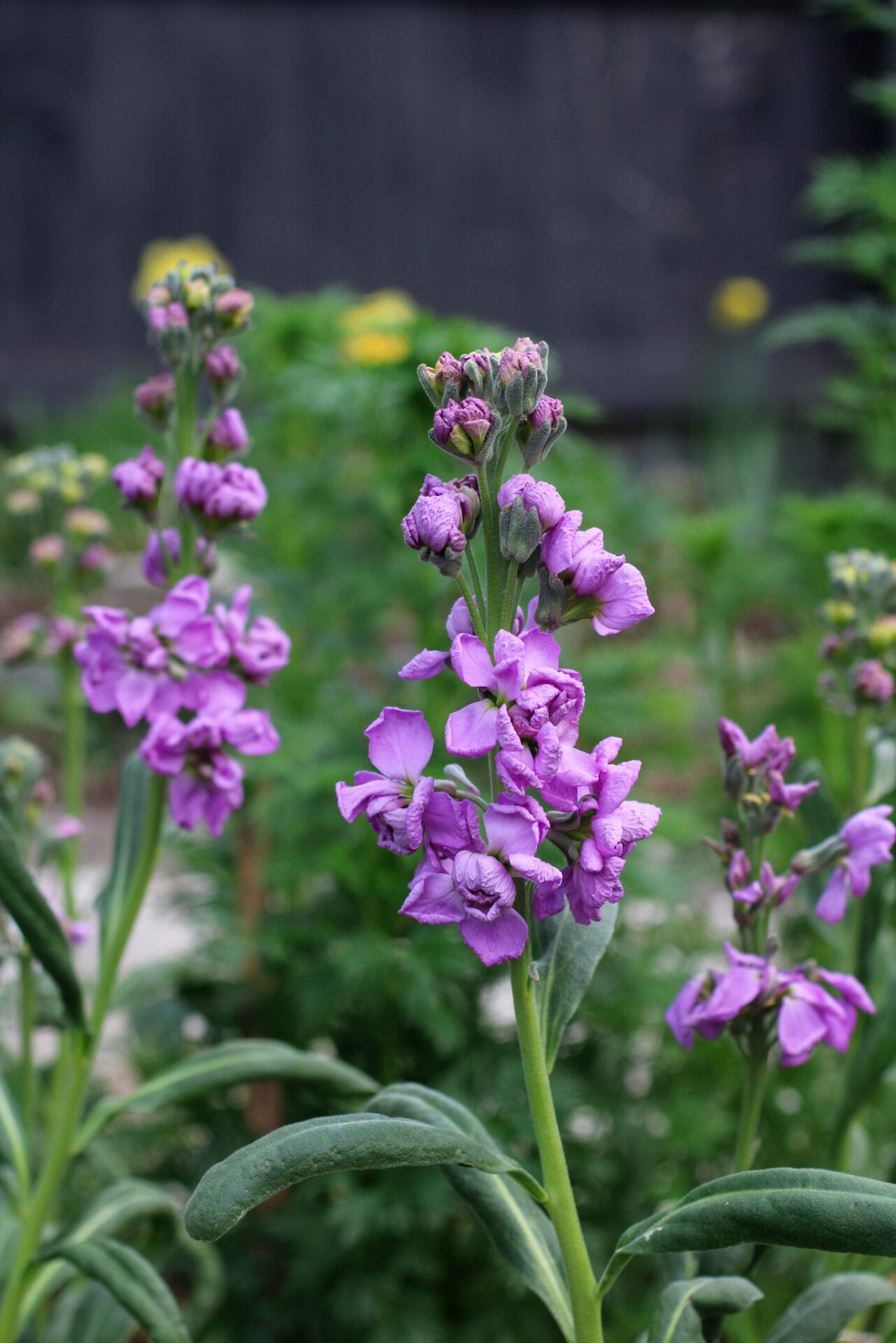
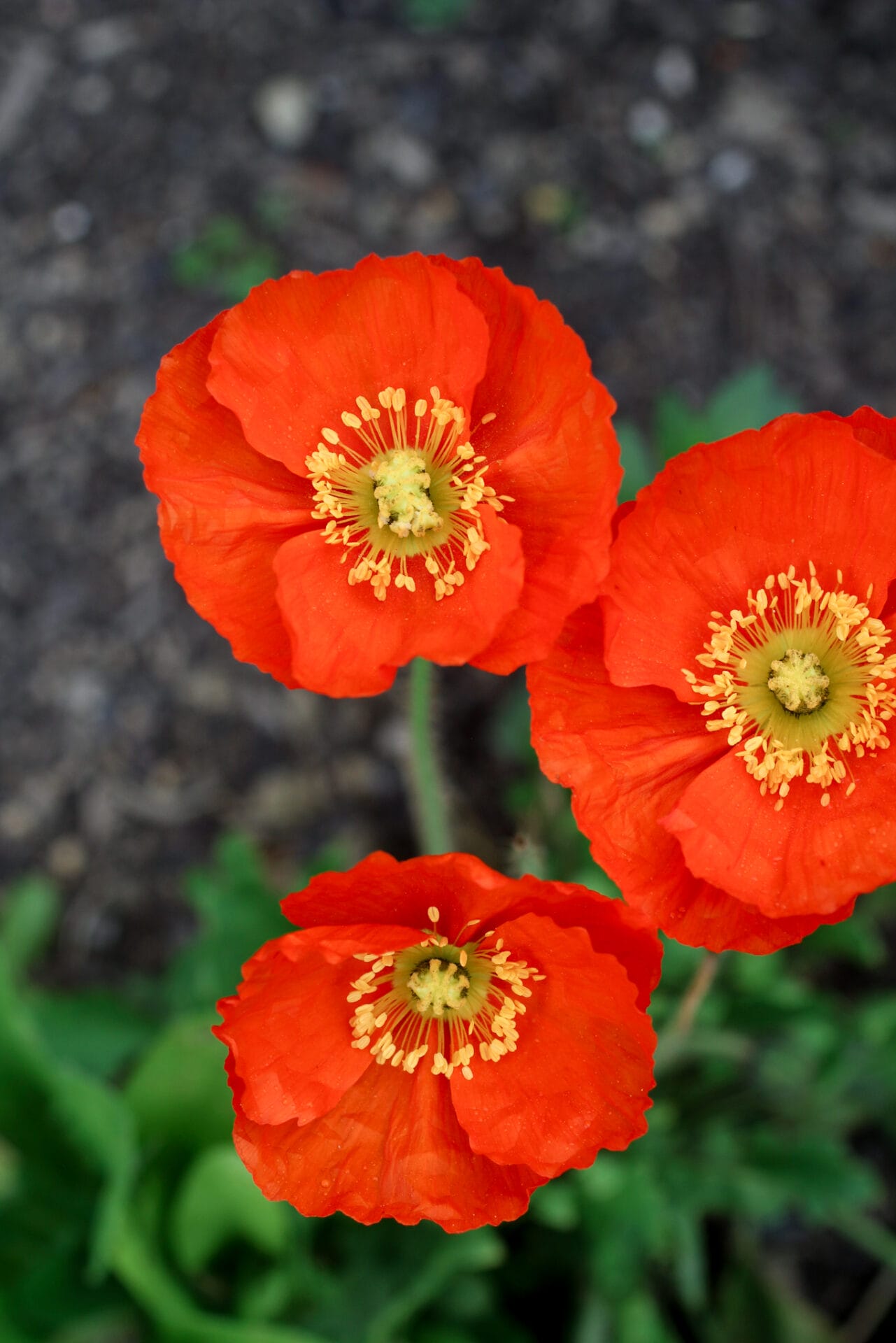
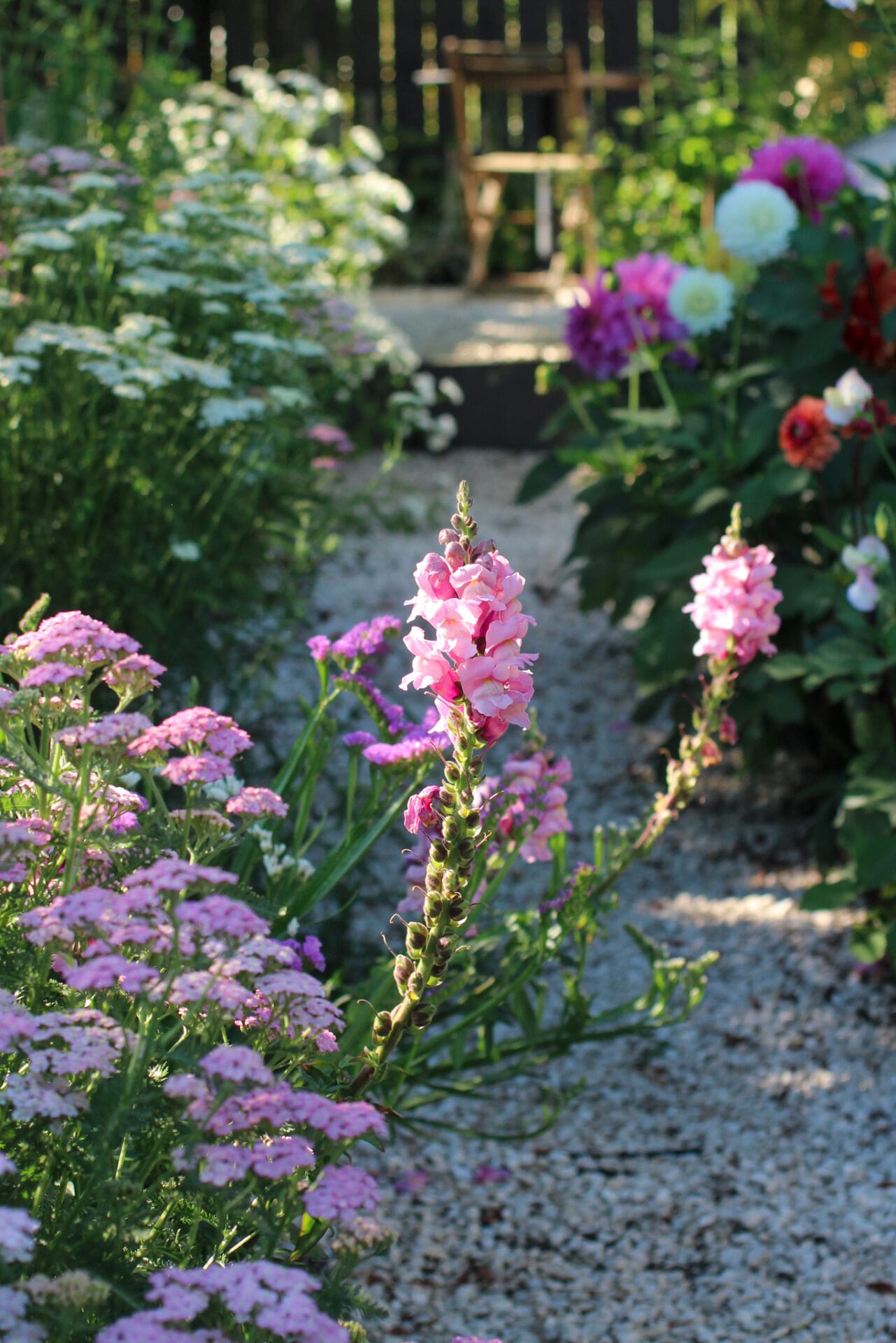
Annual flowers
Like with annual herbs, annual flowers’ lifecycle is for only one season. Make sure to purchase winter or spring flowering annuals like Icelandic poppies (Papaver), snapdragons (Antirrhinum majus) or stock (Matthiola incana). Any tender annuals like cosmos, zinnia or sunflowers will not survive the colder months.
Make sure the annual seedlings aren’t flowering and no seed heads are forming as this indicates the end of the plant’s lifecycle.
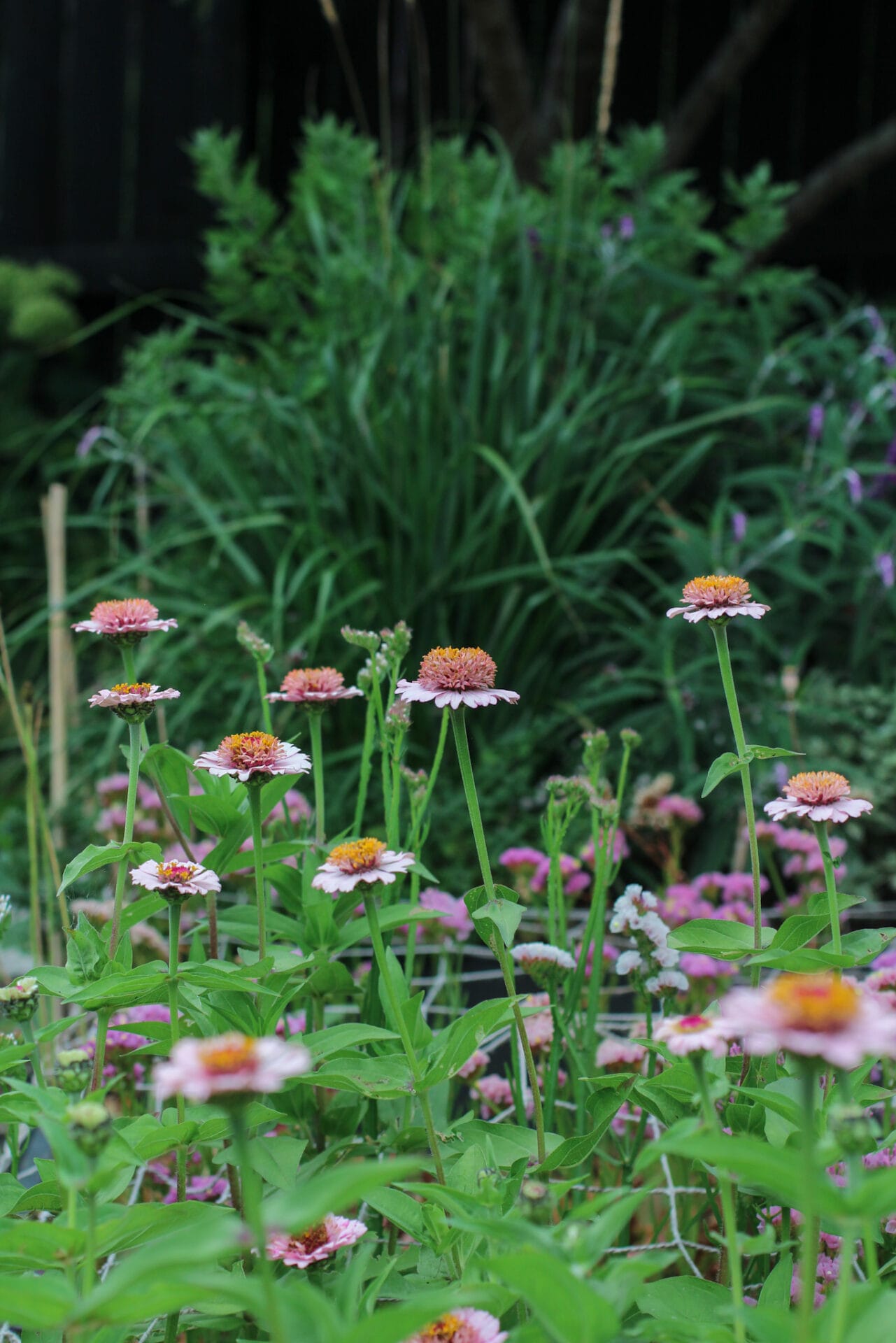
Zinnias are tender annuals – autumn is too late in the season to plant these flowers
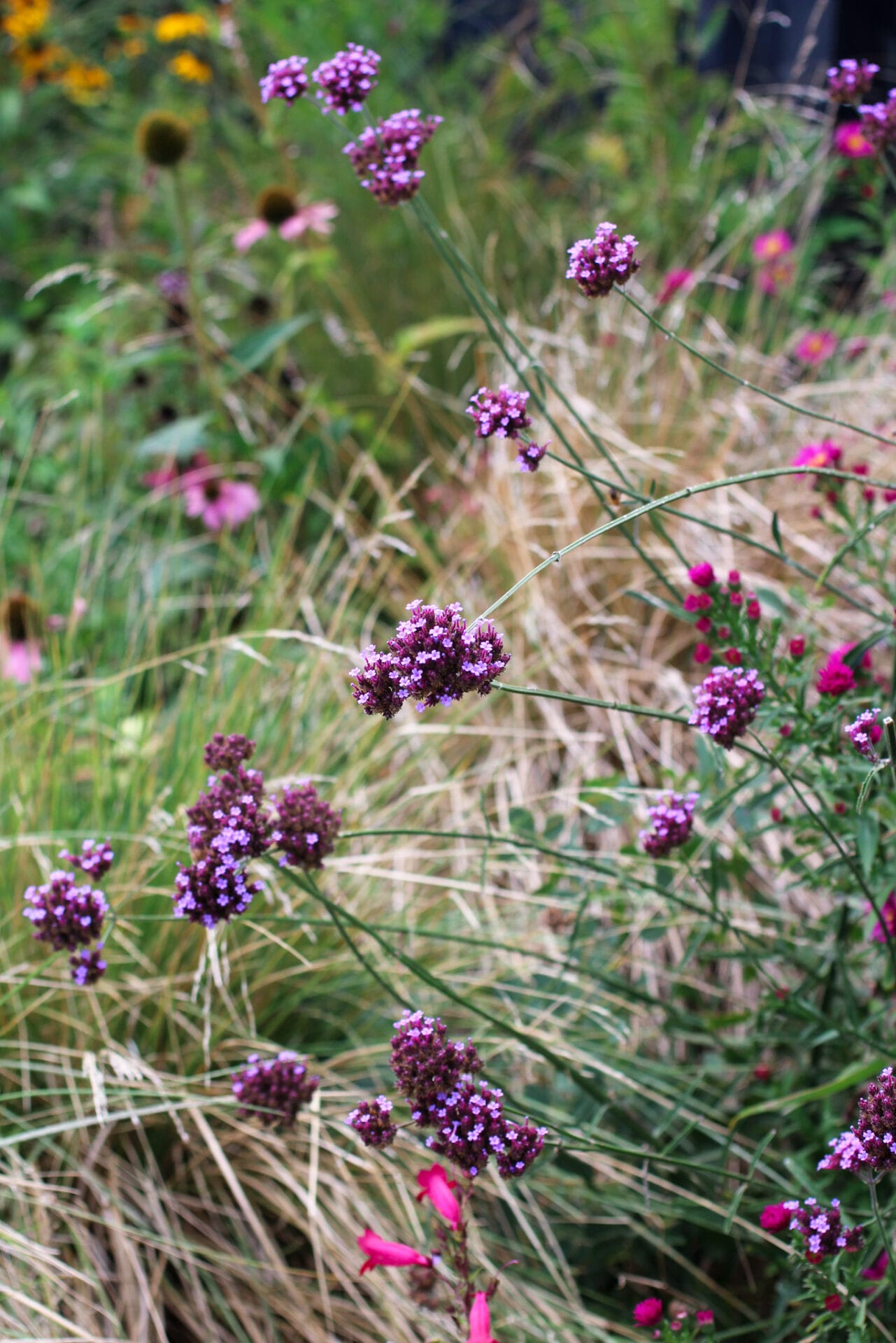
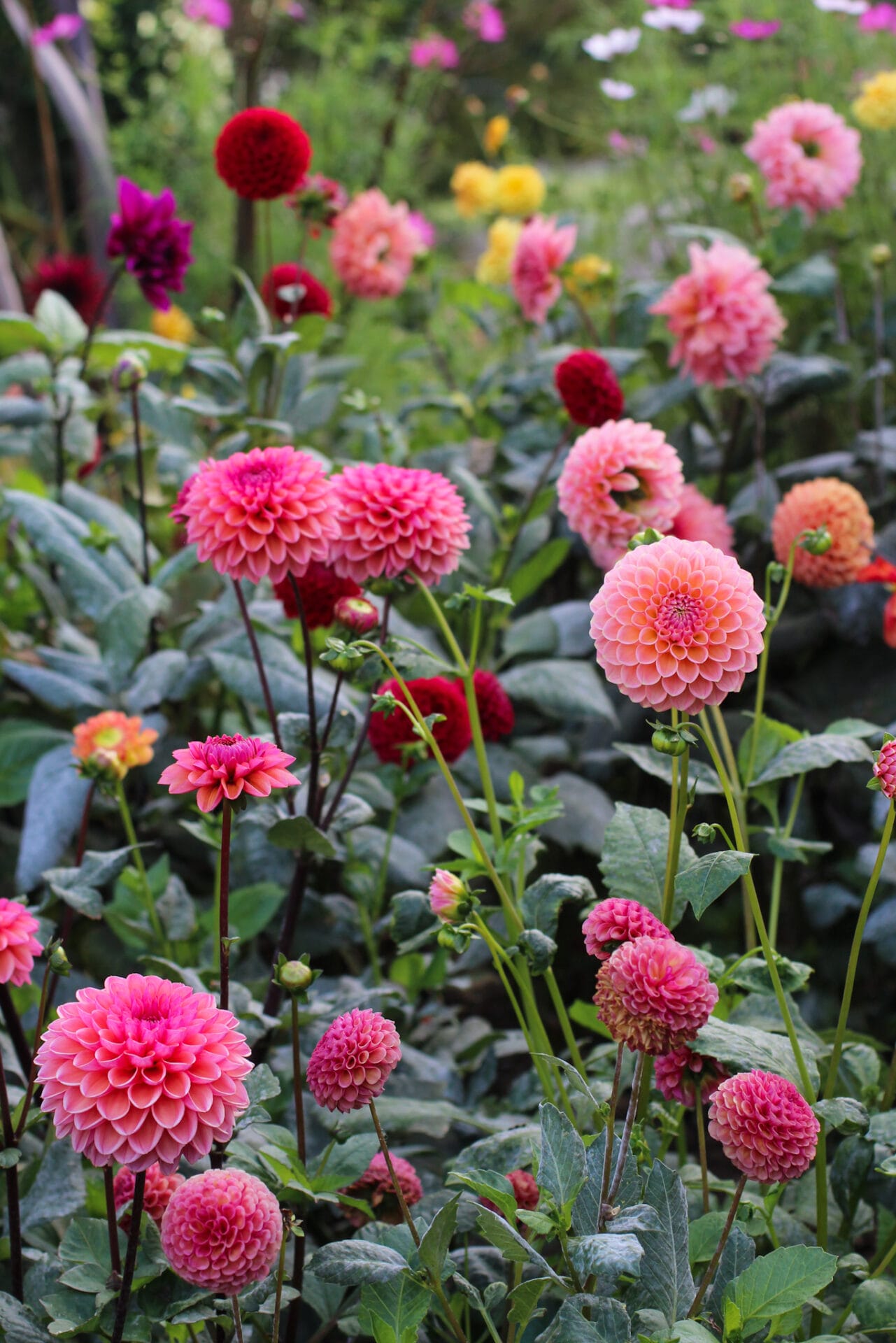
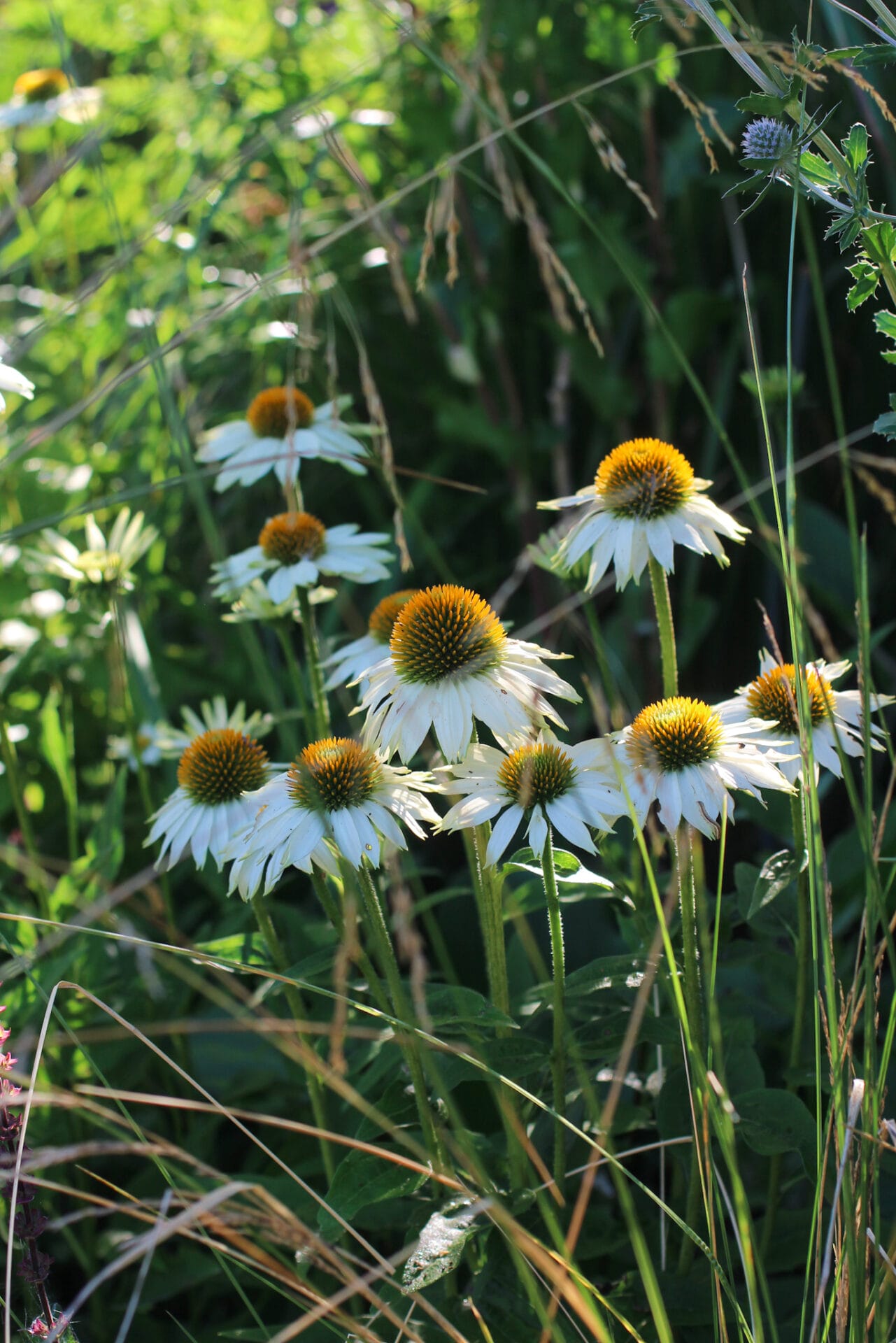
Perennials
Snagging perennials on clearance is always a worthwhile investment. Winter dormancy may render them less showy, but fear not – many varieties like echinacea or dahlias will revive come spring.
Check for signs of root rot – a sign of overwatering. Crispy brown foliage looks alarming but if there is some fresh, green growth at the base of the stem, the plant will be healthy.
Woody perennials, like lavender, roses or hydrangea can be cut back hard to reshoot in spring.
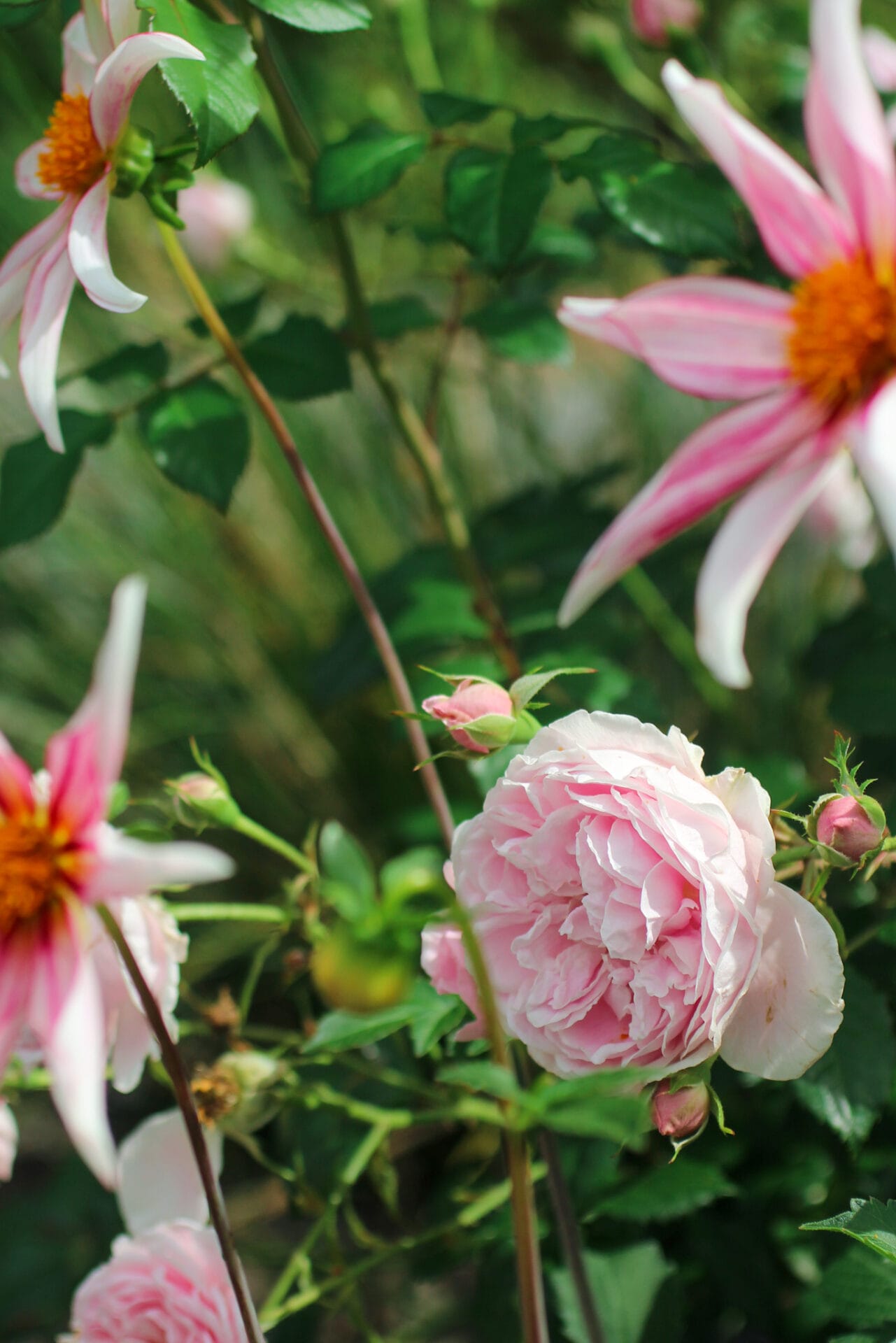
Roses will reshoot with fresh growth in spring
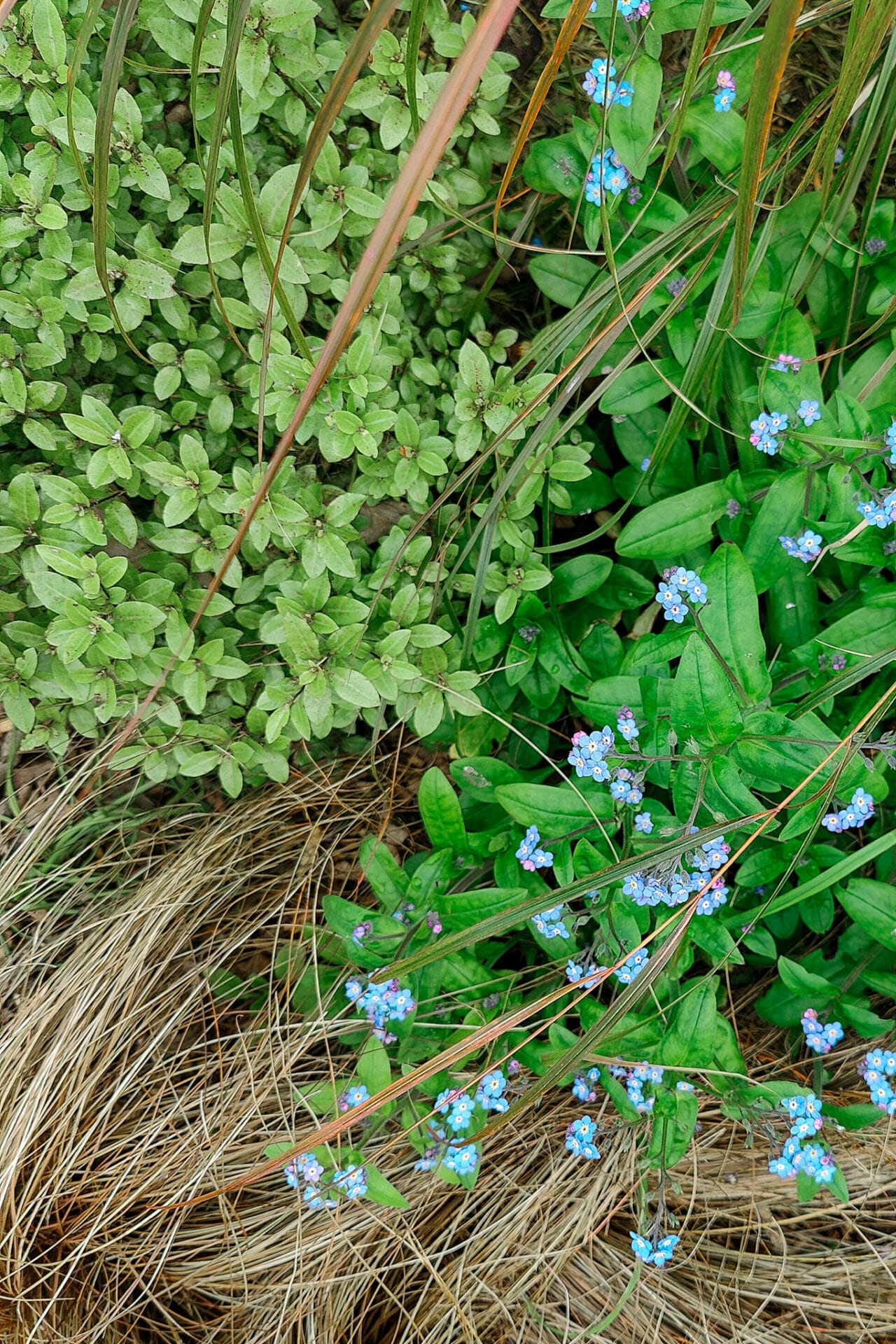
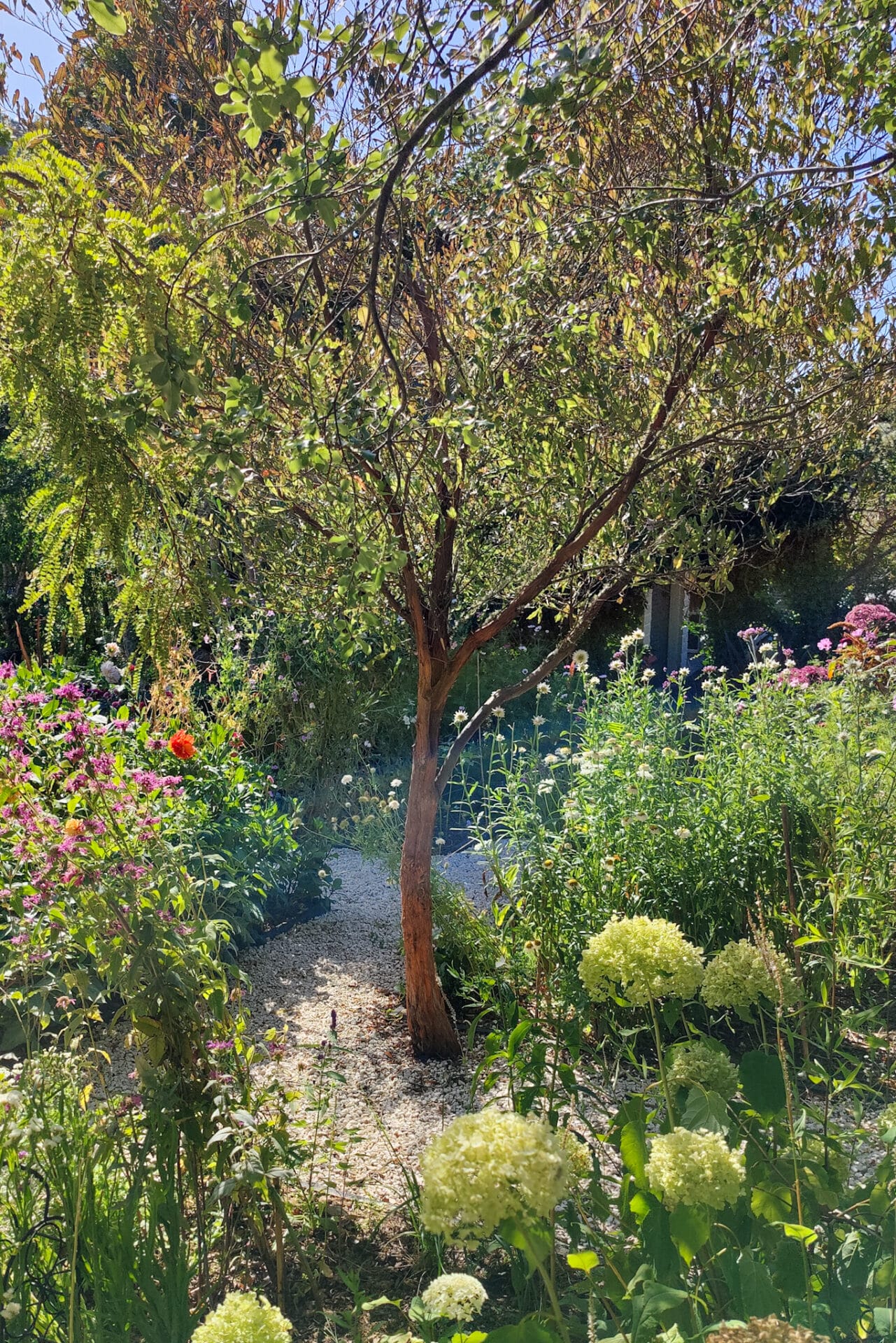
Shrubs
Autumn is prime planting time for woody shrubs. While large-grade pots seem appealing with immediate impact, smaller grades often surpass them in establishment speed.
Trees
Deciduous trees shed their leaves in autumn, revealing their structure for inspection. Don’t fret at browning leaves; this is merely their autumn attire. Focus instead on sturdy stems and well-formed branches. Beware of circling roots at the base, a telltale sign of root binding that can impede future growth.
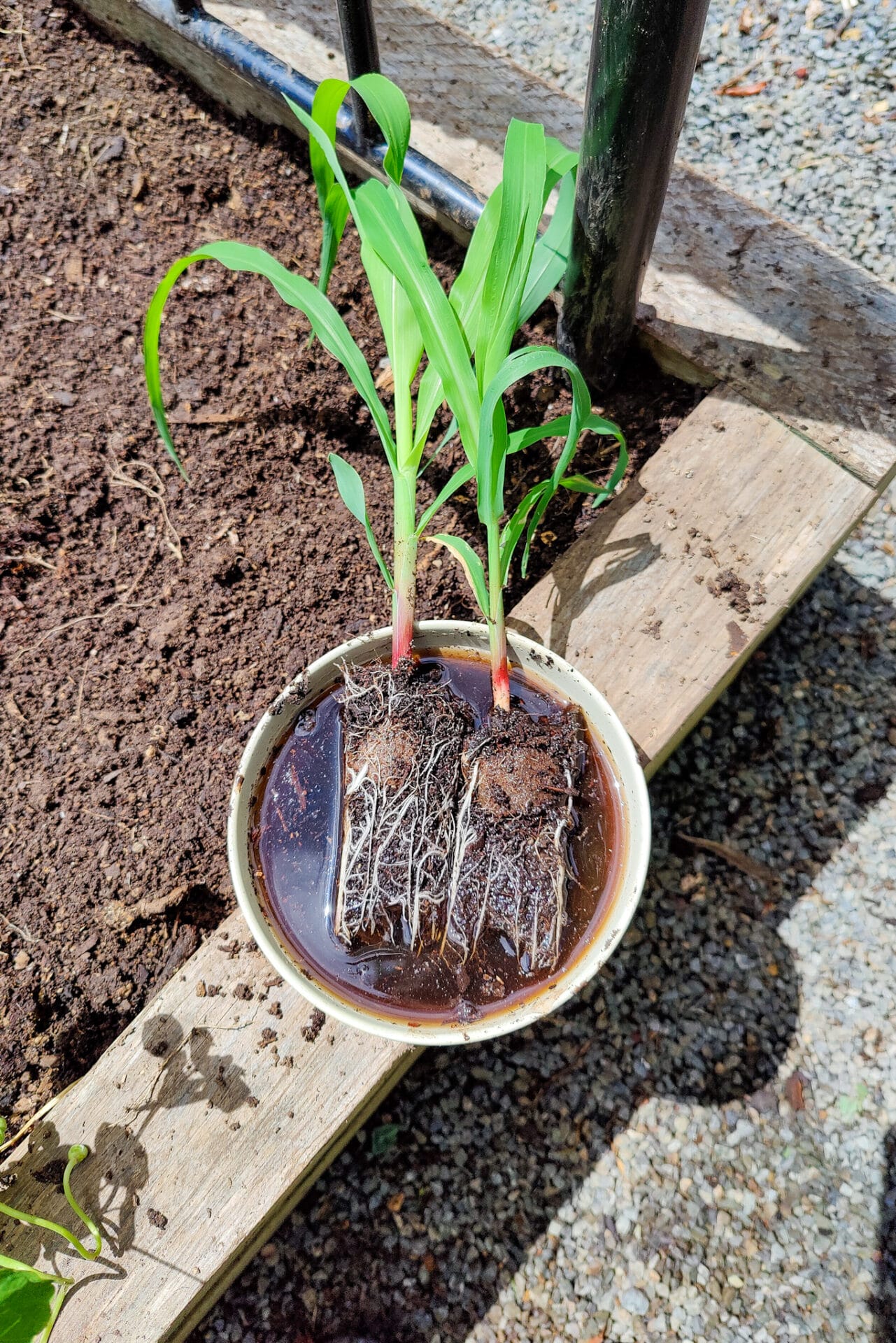
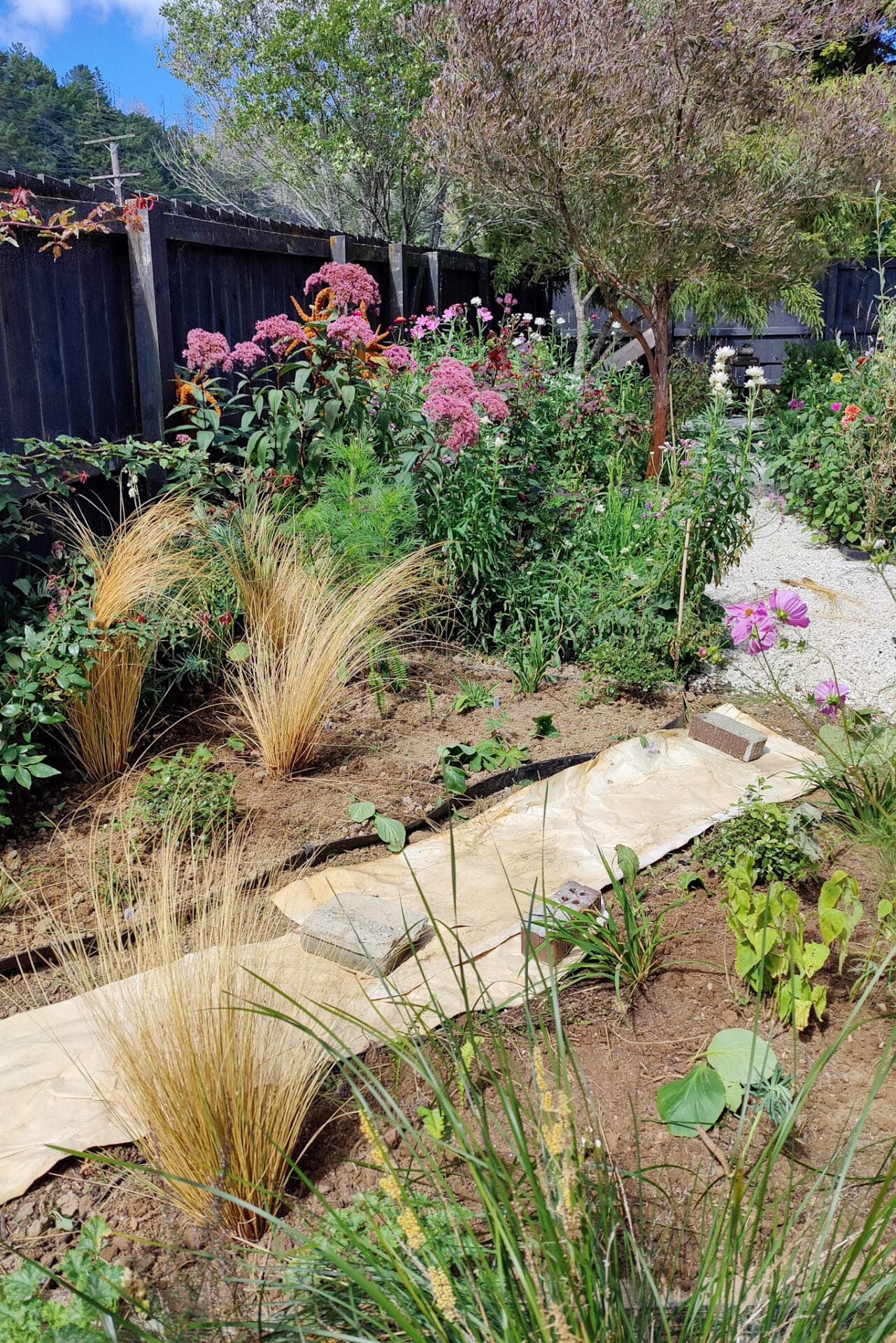
Autumn transplanting tips
Now that you have bagged some good bargains, get those plants home and transplant them as soon as you can.
- Give the plant a good soak in seaweed for 15 mins prior to planting.
- Dig a hole twice the size of the plant.
- Add a handful of compost into the bottom of the hole and mix through with the existing soil. 4. Tease the roots of the plants apart gently if they are looking root bound.
- Prune away any brown foliage or dead branches.
- Divide the plant up using a sharp pair of scissors or a knife if desired.
- Directly water the plant at the root ball before backfilling with soil.
- Mulch to help to retain moisture. Water regularly over the next few weeks until the plant is established.
Autumn is the perfect time to plant out the garden as it gives plants the maximum amount of time for roots to establish before new growth emerges. End-of-season clearance sales provide a wonderful opportunity to improve your green space at less cost.

